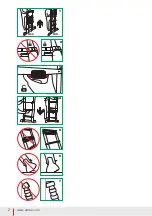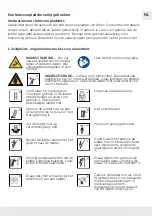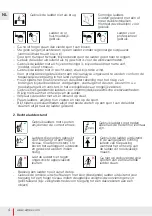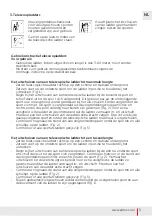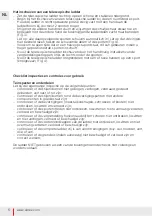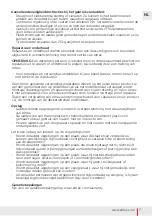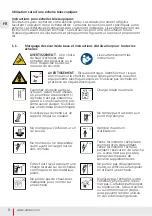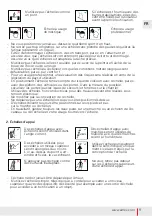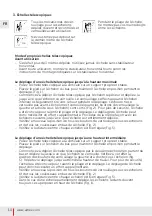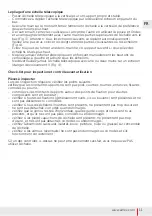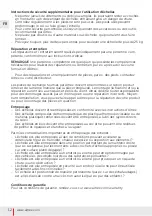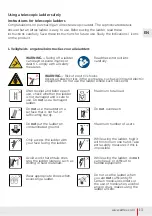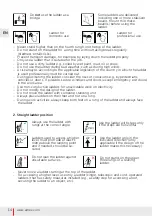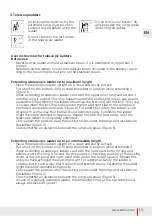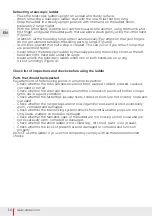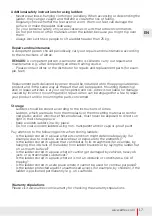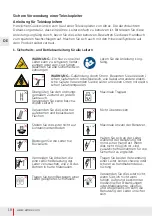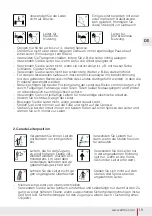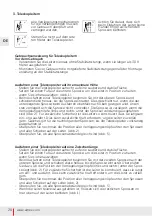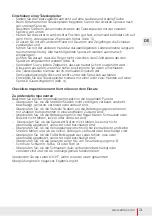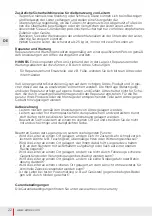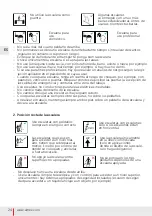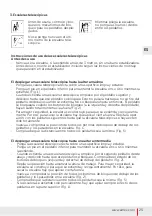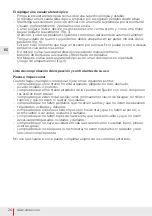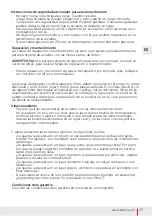
EN
16
www.altrex.com
Check list of inspections and checks before using the ladder
Parts that should be inspected
Pay attention to the following points in a routine inspection:
- Check whether the side rails/newels are not bent, warped, twisted, pressed, cracked,
corroded or rotted.
- Check whether the side rails/newels around the connection points with other compo
nents are in a good condition.
- Check whether the fastenings (usually rivets, screws or bolts) are not missing, loose and
corroded.
- Check whether the rungs/steps are not missing and/or loose and are not excessively
worn, corroded and damaged.
- Check whether the interlocking system remains horizontal and the props are not mis
sing, loose, warped, corroded or damaged.
- Check whether the feet/end-caps of the ladder are not missing and/or loose and are
not excessively worn, corroded or damaged.
- Check whether the entire ladder is not soiled (e.g., dirt, mud, paint, oil or grease).
- Check whether the locks (if present) are not damaged or corroded and function
properly.
Do NOT use the ladder if you cannot completely comply with all the aforementioned
checks.
Retracting a telescopic ladder
- Place the telescopic ladder upright on a clean and sturdy surface.
- When retracting a telescopic ladder, start with the one to last bottom rung.
- Keep the ladder in a steady upright position with one hand on the ladder boom,
preferably 2 rungs higher.
- With the other hand, slide the two catches towards one another, using the thumb and
first finger, and guide the ladder parts that are above down gently using the other hand.
(Figure 3).
Attention: all the following rungs retract automatically! Pay attention that your fingers
do not get jammed between the sliding parts or rungs (Figure 4).
- At all times, prevent that half a step is created. This can occur if you retract rungs that
are positioned higher.
- Never retract the telescopic ladder by manually pressing the locking knobs at the left-
hand and right-hand side under the rungs.
- Never unlock the telescopic ladder when one or both hands are on a rung
(risk of jamming!) (Figure 4).

